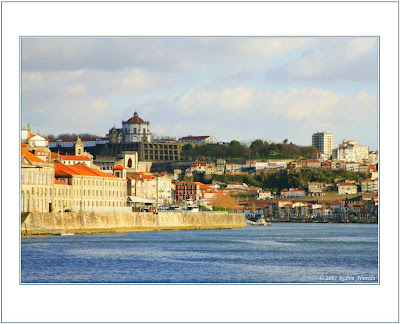The battle of Oporto (may 12, 1809)
 The battle of Oporto of 12 May 1809 was Arthur Wellesley’s first victory after his return to Portugal in April 1809 (Peninsular War). While the British had been absent the French, under Marshal Soult, had captured Oporto, and had 20,000 men in northern Portugal.
The battle of Oporto of 12 May 1809 was Arthur Wellesley’s first victory after his return to Portugal in April 1809 (Peninsular War). While the British had been absent the French, under Marshal Soult, had captured Oporto, and had 20,000 men in northern Portugal.
Wellesley reorganised his army, forming it into a number of divisions. He had three main opponents – Soult around Oporto, Lapisse at Ciudad Rodrigo and Victor at Talavera. He decided to deal with Soult first, to clear the French out of Portugal.
Soult had a strong position at Oporto, protected by the River Douro. As Wellesley approached, Soult demolished the only bridge over the river, and moved every boat he could find to the northern bank of the river.
Wellesley took advantage of his new divisions to dispatch a force 6,000 strong under General William Beresford to block Soult’s escape route to the east. He then advanced north towards the Douro at the head of an army 18,400 strong (16,000 British, 2,400 Portuguese troops and 24 guns). Soult had 11,000 of his 20,000 men with him at Oporto.
This force reached the Douro River early on 12 May. Wellesley further divided his force to cross the river. Several hundred men crossed over at Oporto in wine-barges that the French had missed. Soult didn’t react quickly enough to this threat, and Wellesley was able to expand his foothold over the river. At the same time a second British force crossed the Douro further upstream at Avintas.
Soult was forced to abandon Oporto and retreat north across mountainous territory. The French lost several thousand men and most of their transport on the retreat from Portugal. British and Portuguese losses were light. Wellesley then turned south to deal with Marshal Victor at Talavera.
Taken from Military History Encyclopedia on the Web

































No comments:
Post a Comment